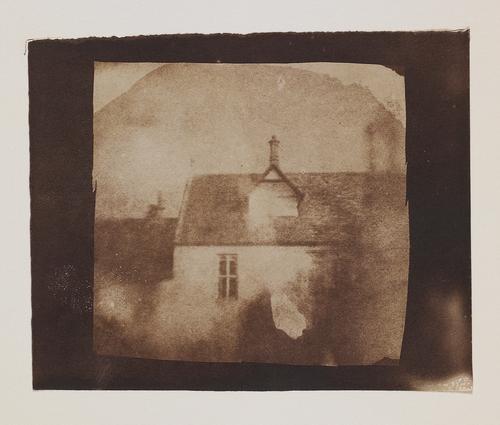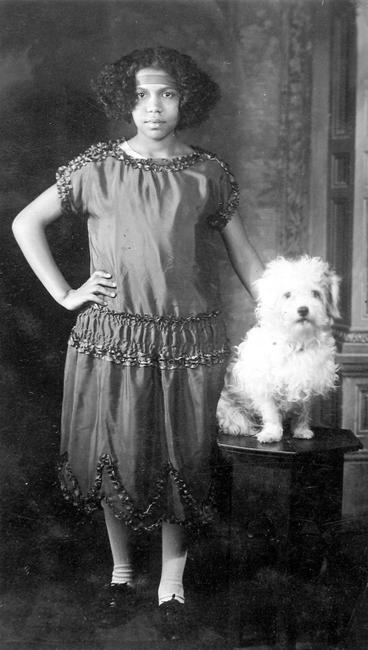The Portland Art Museum presents the first major survey for the Brooklyn-based artist, including a new monumental commission addressing lives lost to gun violence.

This fall the Portland Art Museum presents Hank Willis Thomas: All Things Being Equal…, the first major survey of the work of one of America’s most important conceptual artists working today. The exhibition opens October 12, 2019, and will be on view through January 12, 2020.
Throughout his career, Hank Willis Thomas (American, born 1976) has addressed the visual systems that perpetuate inequality and bias in bold, skillfully crafted works. Through photographs, sculpture, video, and collaborative public art projects, he invites us to consider the role of popular culture in instituting discrimination and how art can raise critical awareness in the ongoing struggle for social justice and civil rights.
Organized by the Portland Art Museum and co-curated by Julia Dolan, Ph.D., The Minor White Curator of Photography, and Sara Krajewski, The Robert and Mercedes Eichholz Curator of Modern and Contemporary Art, Hank Willis Thomas: All Things Being Equal… features approximately 100 works including early photographic series, recent sculptures based on archival photographs taken during historic 20th-century events, quilts constructed from commercial sports jerseys and prison uniforms, video installations, interactive two-dimensional and time-based works, and public art projects. In addition, the Museum will support the creation of a new and monumental flag-based work addressing lives lost to gun violence in the United States in 2018 that will serve as the entry point to the exhibition.
Following its presentation in Portland, Oregon, the exhibition will travel to Crystal Bridges Museum of American Art in Bentonville, Arkansas (February 8 – April 27, 2020), and to the Cincinnati Museum of Art in Cincinnati, Ohio (July 10 – September 27, 2020).

Hank Willis Thomas deftly confronts the most critical issues facing us today—racism, violence, inequality, injustice—through a range of visually dynamic, approachable artworks,” said Curator of Photography Julia Dolan. “His photographs, sculptures, and interactive media installations encourage thoughtful inquiry; they challenge viewers to acknowledge histories of struggle and the damaging legacies of oppressive systems without losing sight of the hope for meaningful change. The exhibition traces Thomas’s multi-decade commitment to exploring that which divides us. It also forefronts his belief that confronting and acknowledging our collective past can help move us forward in constructive and collaborative ways.”
The many works included in All Things Being Equal… demonstrate Thomas’s inventive exploration of photography, advertising, and modern art and their many sociocultural ramifications. The exhibition groups art works thematically to illuminate subjects that Thomas has treated with sensitive nuance throughout his career, including the human toll of gun violence, the impact of corporate branding and the commodification of individuals, and the ways advertising plays to myths and stereotypes of race. The exhibition also highlights Thomas’s investigation of archival images from many sources and how he has applied strategies of appropriating and reframing texts, images, and materials to connect historical moments of resistance and protest to our lives today as a call to continue moving toward greater social justice.
Portland Art Museum visitors and passersby have already interacted with Thomas’s work—first in 2016’s In Search of the Truth (Truth Booth), a traveling collective work with artists Ryan Alexiev, Jim Ricks and Will Sylvester, inviting audiences to complete the sentence “The Truth Is…” while being videotaped, and more recently with the For Freedoms 50 States Initiative banners promoting voting in the 2018 mid-term elections.

“Hank Willis Thomas is an artist who works in multiple mediums, including collaborative projects. Our For Freedoms partnership gave museum-goers a preview of his deeply human-centered approach, grounded in respecting each individual’s voice and seeing each person as a whole being, not a stereotype or an ‘other,’” said Sara Krajewski, Curator of Modern and Contemporary Art. “In both his solo work and his collaborations, Thomas asks us to reframe our perceptions of race, politics, history, and popular culture so that we can better understand and combat the systems that dehumanize us.”
A comprehensive publication accompanies the exhibition. Co-published with Aperture in 2018, the book features essays by the exhibition’s co-curators, as well as new scholarship by Professor Sarah Lewis (Harvard University), and an interview with the artist by Dr. Kellie Jones (Columbia University).


























